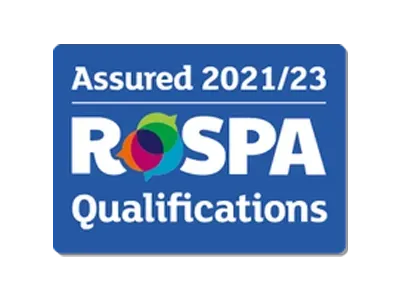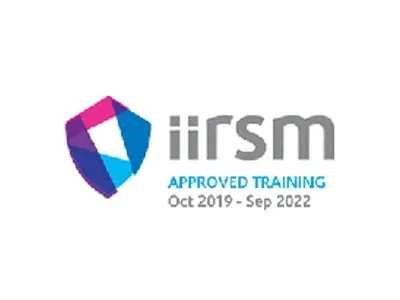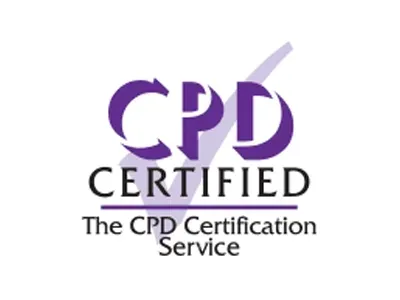Legionella TMVs
Thermostatic Mixing Valves (TMVs) and Legionella Control: Balancing Water Safety
Maintaining water safety is a paramount concern for property owners across the UK. Whether it's hotels, care homes, or other establishments, providing reliable hot and cold water is crucial for the well-being of residents, staff, and visitors while mitigating risks associated with legionella bacteria.
Stay Safe and Scald-Free with Thermostatic Mixing Valves (TMVs)
Thermostatic Mixing Valves (TMVs) are devices integrated into water systems to regulate outlet temperatures. By blending hot and cold water, TMVs ensure a consistent and safe water temperature, protecting users from scalding incidents caused by unpredictable pressure fluctuations.
TMVs play a critical role in preventing hot water-related injuries, particularly for vulnerable age groups. Statistics indicate that hot bath water is responsible for a significant number of fatalities and injuries at home, with older adults and young children being particularly susceptible due to their thinner skin, which makes them prone to scalding and deeper burns.
The Key to Scald Prevention and Legionella Control
While TMVs are essential for scald prevention, their implementation can also impact legionella control. Legionnaires' disease, a severe form of pneumonia, is contracted by inhaling water droplets containing legionella bacteria, which thrive in man-made water systems, especially at temperatures between 20°C and 45°C.
Legally required legionella control measures often involve maintaining water temperatures outside of this range to eradicate the bacteria, keeping cold water below 20°C and hot water above 50°C. The installation of TMVs introduces a potential legionella risk since it reduces the hot water temperature below the recommended maximum of 50°C for safety.
Minimizing the associated risk requires regular servicing and maintenance of TMVs (at least once a year) to ensure their optimal function and proper temperature control within the overall system. Additionally, installing TMVs close to outlets, serving only a limited area instead of the entire system, is essential. Placing TMVs too close to water heaters can result in a significant drop in temperature along the length of pipework to the outlet, creating a breeding ground for legionella bacteria.




